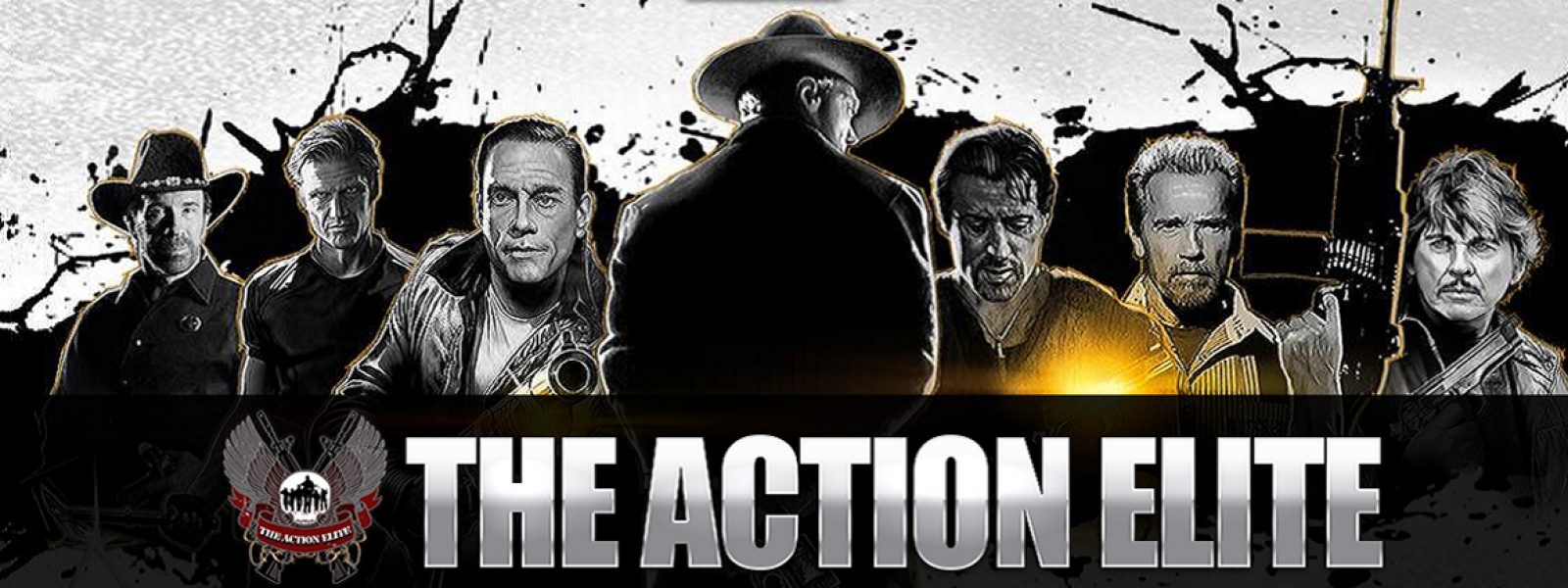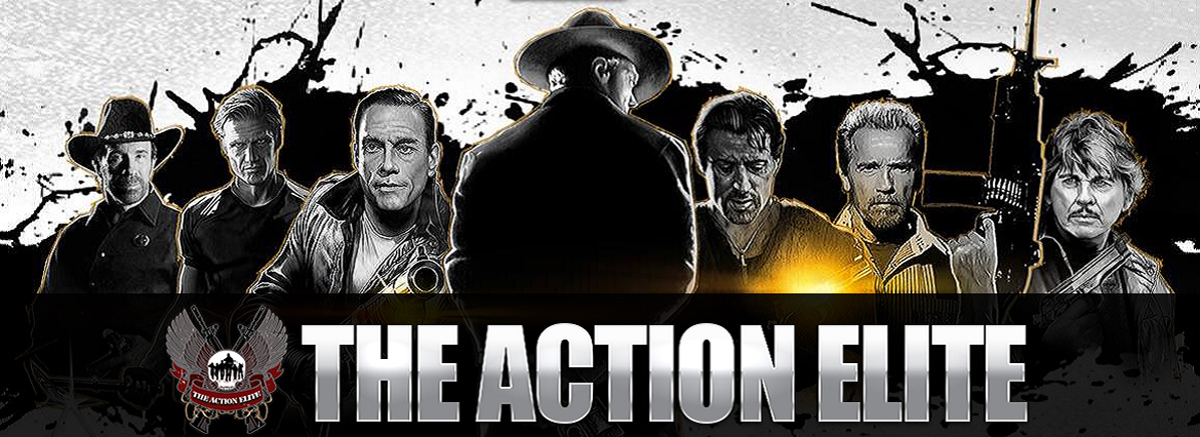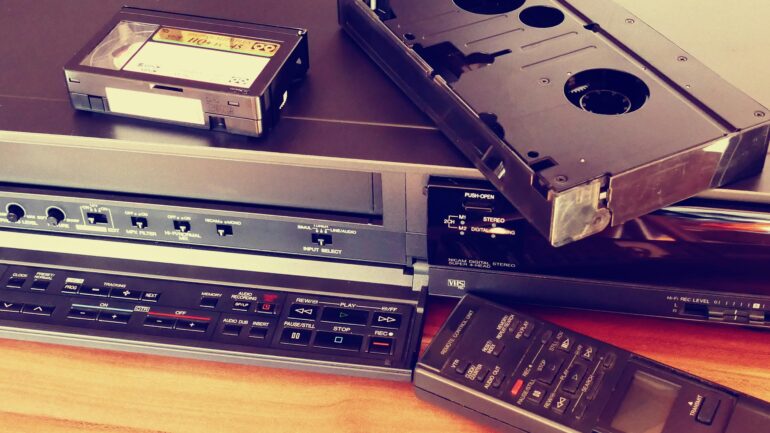You’re browsing the action section of your local video store in 1988. Stallone and Schwarzenegger dominate the new releases, their muscled faces staring down from countless VHS covers. But tucked between the blockbusters, you’ll find films starring performers who could kick just as hard, act just as convincingly, and command the screen with equal presence.
Most of us never gave them a second glance.
In essence, Hollywood operated like a massive casino where studios placed calculated bets on who would connect with audiences. Think about how sports betting works today – platforms like Betway don’t just offer a simple win-or-lose proposition. They’ve got dozens of markets for every game, from obvious bets like the final score to obscure ones like which player will get the first yellow card. Hollywood worked the same way in the 80s and 90s. Studios weren’t just betting on whether an actor could carry a film; they were wagering on international appeal, merchandising potential, sequel possibilities, and whether audiences would buy into a specific persona. The house always had better odds than the individual players, and just like in sports betting, the most talented performers didn’t always represent the safest investment. Sometimes a studio would back the equivalent of Leicester City winning the Premier League – a long shot that paid off spectacularly. More often, they’d go with the favorites, choosing familiar faces over fresh talent because the numbers suggested better returns.
The ninja who should have been king
Sho Kosugi had everything going for him. In the early 80s, industry insiders were calling him “comparable with the big names of the 80s” and recognizing him as “the biggest Asian star in American cinema since Bruce Lee.” That wasn’t just marketing fluff – Kosugi had built something special.
Think about this for a moment: while other action stars were content with film roles, Kosugi was running his own empire. He had merchandising deals, his own fan club, instructional video series, and even hosted Trans World’s Ninja Theatre. When Revenge of the Ninja landed in 1983, followed by Pray for Death two years later, it looked like Kosugi was positioning himself for the long haul.
But here’s where it gets interesting. The very thing that made him famous – the ninja craze – also trapped him. As audiences moved on from throwing stars and smoke bombs, Kosugi found himself typecast in a subgenre that was rapidly losing steam. Industry sources put it bluntly: “some bad choices aided in the fizzling out of his career by the close of the decade.”
You’ve got to wonder what might have happened if he’d branched out sooner. Or if the ninja trend had lasted just a few more years.
The complete package that wasn’t enough
Mark Dacascos walked into the 90s with what looked like a guaranteed ticket to stardom. He had “good looks, gravity-defying physical prowess, martial arts skill and acting ability” – basically everything casting directors scribbled on their wish lists.
Yet somehow, his early films kept hitting walls. ‘Unfortunate outcomes for varying reasons,’ as one might diplomatically put it. Translation: bad luck, terrible timing, and probably some studio politics thrown in for good measure.
What’s frustrating about Dacascos’s near-miss is how arbitrary it all seems. He wasn’t lacking in any department that mattered. The guy could fight, he could act, he looked the part – but the breaks just didn’t come. Meanwhile, other performers with arguably less complete skill sets were landing franchise roles and magazine covers.
He wasn’t alone in this struggle. Michael Jai White, Cynthia Rothrock, Phillip Rhee, Scott Adkins, Jeff Wincott – all incredibly capable performers who built solid careers without ever quite breaking through to that next level. It’s like watching talented musicians who can play every instrument perfectly but never catch that one break that launches them into the mainstream.
The 90s were particularly cruel in this regard. The action genre was evolving, demanding more sophisticated performances alongside the physical skills. This created new opportunities, sure, but it also raised the stakes dramatically.
When success comes with asterisks
Steven Seagal actually made it. Sort of. Under Siege in 1992 proved he could carry a major theatrical release, and for a while there, he was genuinely famous. Walk into any video store in the mid-90s and you’d find an entire shelf dedicated to his films.
But here’s the thing about Seagal’s success – time hasn’t been kind to it. While he “has garnered much of a cult following over the years for his entertaining, albeit ridiculous, action films,” most critics agree that “some of his work doesn’t hold up too well today.”
This raises an uncomfortable question: what counts as real success? Seagal achieved something that eluded dozens of more talented performers – mainstream recognition and consistent work. Yet his legacy feels… complicated. His cult following is genuine, but it’s the kind of appreciation that comes with knowing winks and ironic enjoyment.
Maybe that’s not entirely fair. Seagal gave audiences exactly what they wanted at the time, and there’s something to be said for connecting with your audience, even if critics later decide your work doesn’t meet their evolving standards
What we lost when we stopped looking
Looking back at these careers, you start to see patterns that extend far beyond the 80s and 90s. The entertainment industry has always been better at recognizing talent after the fact than spotting it in real time. We’re great at building mythologies around the stars who made it, but we’re terrible at acknowledging the ones who didn’t.
These forgotten performers weren’t just footnotes – they were pushing the genre forward in ways that influenced everyone who came after them. Their work in direct-to-video films often took more creative risks than big-budget theatrical releases. Without the pressure of massive opening weekends, they could experiment with different approaches to action filmmaking.
The VHS era created space for this kind of experimentation. It supported a more diverse ecosystem than theatrical releases alone could sustain. When we talk about the golden age of action cinema, we usually mean the biggest hits, but the real innovation was often happening in smaller films that most people never saw.
That’s probably the biggest lesson here: talent doesn’t always translate to recognition, and recognition doesn’t always reflect talent. The performers who never got their due weren’t victims of some cosmic injustice – they were casualties of an industry that’s always been more complicated than we pretend it is.






